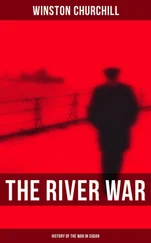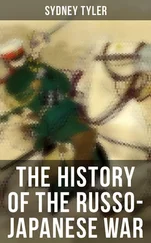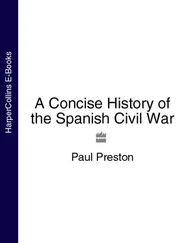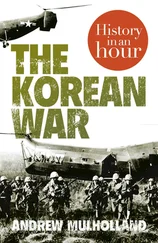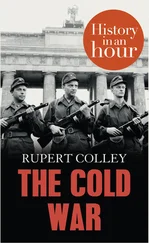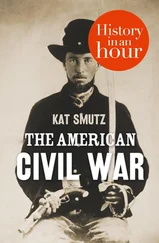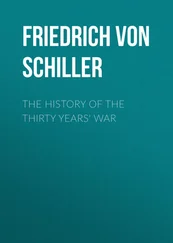The legal reform of the country brought on social reforms. Very soon, patriotic Koreans found it expedient to lie, cheat, steal, and malinger on the job. And they became brutalized with brutal treatment. Some of the habits would be hard to break.
All told, more than a million and a half Koreans fled the country. Some went to China, many to Russia, a few even to the United States. One refugee in the States, a Dr. Syngman Rhee, embarrassed the government. He had entered on an old Korean passport at the time of the takeover, and now in 1919 he requested a visa to visit the League of Nations, to make a protest over the treatment of his countrymen. Washington emphatically told him no, since he had no valid Japanese passport, and 'Washington did not want to offend its late ally, Japan. Generously, however, since Dr. Rhee had influential friends, he was allowed to remain in the United States.
In 1919, and later, the Japanese rulers of Chosun never quite dared expel the Western missionaries, probably not realizing in how little repute these emissaries were held in the Western capitals. For years the only contact the Korean people had with outside was through these missionaries. In Chosun, no anti-Western bias ever developed.
Koreans had learned the hard way that imperialism comes in many forms, and it can be black or brown or yellow, as well as white. Koreans would never afterward feel any sentimental racial cohesiveness with the rest of Asia. The Japanese occupation and policy of extirpation took care of that.
In 1919, and afterward, the Reverend Mr. Twing and many others came back from Chosun and tried to make the world know what was happening there.
But the world was not interested. In Washington, Mr. Twing was told that Korea, after all, was an internal problem of the Japanese. It could be of no more concern to the United States than how Mississippi planters paid their field hands could be of interest to Japan.
It was not until long afterward, after a rather hot time one Sunday morning at a place called Pearl Harbor, that anyone in government would listen.
| Go to Table of Contents |
3
To Make a War…
The water downstream will not be clear if the water upstream is muddied.
— Korean Proverb.
ON A STEAMING AUGUST night of 1945, if anyone along the Potomac had gone in to see what the boys in the back room would have, they'd have found them sweating over a brand-new problem: Korea. The men of Swink—the State-War-Navy Coordinating Committee, or SWNCC—had been told to come up with something on Korea and to do it fast.
For after three years of working on it, two days after the Bomb went off over Hiroshima, the United States had finally finagled Soviet Russia into the war against Japan. And even before they declared war, the Russians had sent their armies crashing into Manchuria, and across the Korean border.
Colonel General Ivan Chistyakov crossed the Yalu with 120,000 men, and pushed south. On orders from Tokyo the Japanese were falling back.
The men of Swink knew that the Cairo Declaration of December 1943 had promised a free and independent Korea in due time, and they knew that at Yalta, and later at Potsdam, the big powers had agreed on some form of international trusteeship for Chosun. Russia had accepted the Potsdam agreements. On the surface, then, it did not seem to matter that Russia was now overrunning the Japanese Empire on the continent of Asia.
But there were hard-bitten, unidealistic types on Swink—men who doubtless had never truly accepted the Russkies as comrades-in-arms—who thought the United States had better get some troops up that way pretty quick. Ivan could manage the surrender of Japanese troops alone, of course—but that was not the point.
The Government of the United States agreed with them. It was decided to ship troops to Korea as soon as possible.
But it was also apparent that an untidy situation could arise from having armed Americans, armed Russians, and gun-toting Japanese all milling about in one small peninsula. Swink was given the problem of hacking out zones of operations for the two Allied powers, within which each would accept the Japanese surrender.
"We'll have to draw a line of demarcation; they handle the Japs on one side, we handle them on the other," it was suggested.
Everyone on the committee bought that. Agreement those days in the Pentagon was somewhat easier, since there was as yet no independent Air Force to protest the role of strategic bombing in the surrender.
But where to draw the line?
Some of the men of the unidealistic group asked, "Why not the Yalu?"
But it was too late for that; the Russians had already crossed the Yalu. And a man from State wanted it understood that if the military were going to view the Russians with suspicion, it would thoroughly louse up the bright new world everyone had fought for. As a mater of courtesy, the Soviets could not be asked to retreat from territory they had already captured.
"Let's look at the map," Army suggested.
Navy agreed, though Navy couldn't be of too much help there. The strategic wall map didn't show fathoms.
A line or zone had to be found that was far enough north not to jeopardize the future role of the United States, but also far enough south so that the Russian Army could not have already crossed it.
It was noted that the 38th parallel of latitude cut the peninsula almost in half. "How about that?"
State liked it, for the line put the political capital of Chosun in the American sector.
Navy liked it, because it gave the United States two larger ports. "This Fusan"—Navy was looking at a Japanese map—"down here in the south is the biggest port in the country—"
"Anybody got a better idea?"
Nobody had.
"Let's take it upstairs, then."
And upstairs they bought it—the 38th parallel to serve as a temporary line of demarcation dividing Russo-American responsibility for the Japanese surrender. The line was incorporated into General Order Number 1, the protocol for the surrender of Japan, and it was flashed to London and Moscow for confirmation.
Good show, London agreed. The Russians said Da , for once.
And the 38th parallel it was.
The men of Swink could not anticipate that the world was not going back to what it had been in 1939, only with the bad boys removed, and that there was now a distressing bipolarity of power in the world, split between two essentially hostile philosophies. Anyway, it wasn't their job.
Nor was it their job to worry over what the Russians might do, or to fear that the temporary lines of expediency being drawn now across the earth might become hard political frontiers.
The Army and the Navy had been directed to win a war, and they had done just that. And the State Department, to quote Mr. W. Walton Butterworth, Assistant Secretary for Far Eastern Affairs under Marshall, "should have no opinions about anything," especially on career-officer levels.
To anticipate what might happen politically was the responsibility of the highest circles of civilian government, the men surrounding the President, who should have been planning beyond 1948, 1952, or even 1964.
Now, in late summer 1945, pending a final solution to the problems of the world and of the war, American troops entered Korea.
Lieutenant Colonel William P. Jones, Jr., of Morrisonville, Illinois, was redeployed with his 1108th Engineer Combat Group Headquarters from Leghorn, Italy, to the Pacific during the summer of 1945. Sailing through the Panama Canal, the 1108th reached the Philippines in September. The war was over, and the troops were clamoring to go home.
The XXIV Corps, under Lieutenant General John R. Hodge, had gone to Korea, to take the Jap surrender and serve as occupation troops, and General Hodge needed engineers. But he wasn't going to get them from the 1108th, as Colonel Jones soon discovered.
Читать дальше



